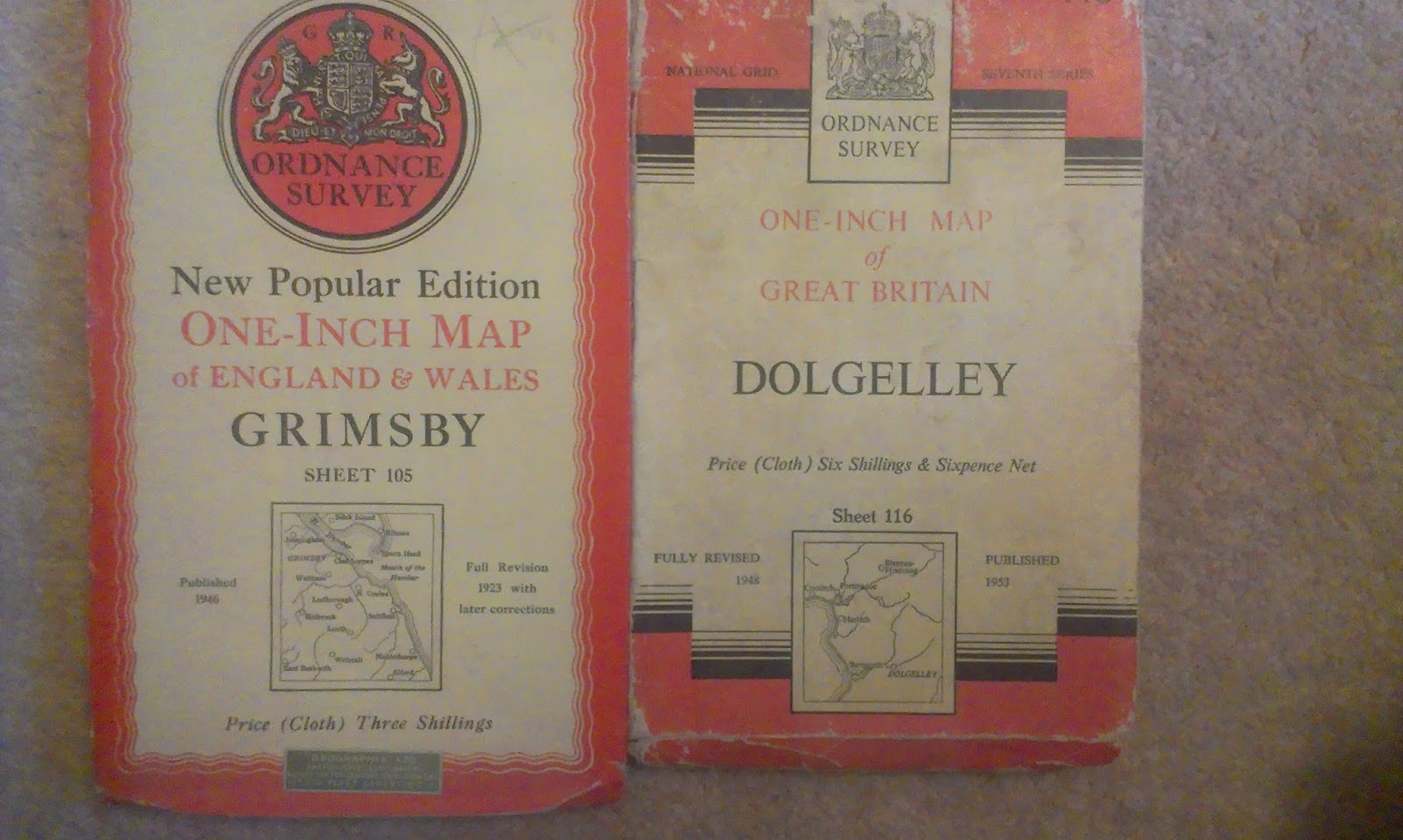So the richest and proudest industrialists built factories that reflected their imagined status. Buildings larger and grander than the palaces of old. The biggest buildings the world had ever seen. Built to make a statement. They said "I own you". They looked like this.
Saltaire between the wars.
Titus Salt's mill complex is the size of a small town. Everybody there lived in Titus Salt's houses, worshipped in his chapel, and worked in his mill. But 150 years later it turns out that we weren't the chosen people after all. The world learned to make their own woolens, and the mills all closed down. So, what to do with a colossal, redundant factory?
A fellow called Jonathan Silver thought he knew. How about sticking an art gallery in it? So he had a word with his mate David Hockney, who's from just down the road in Bradford, and the job was done.
There's loads of Hockney's pictures in there. I sneaked these shots when the attendants were distracted.
The BBC 'Imagine' film about Hockney's bigger picture was showing on a loop, so I sat and watched it for the first time. It's about his paintings of the East Riding landscape. When you look at Hockney you could guess that he was from Yorkshire: he's got the jutting chin annd flinty eyes that seem to develop as yorkshiremen get older. Nice to see footage of the world-famous artist stood in laybys, painting the huge skies and empty fields of the wolds.
And the place isn't just about him. There's a section dedicated to the history of the place and the trade. When I visited there was a bunch of kids being told what their fate would have been back in those days - stood at a loom for twelve hours a day, six days a week,in the racket and heat, for the whole of their lives. And this was a model village, built on the countryside to get the workers out of the hellish Bradford slums. Most lives were much, much worse.
If you want a taste of life in a cotton mill, go to Quarry Bank Mill at Styal. They've got working machinery, and you can see just how noisy, dangerous, monotonous and boring most people's working lives used to be.







.jpg)





















